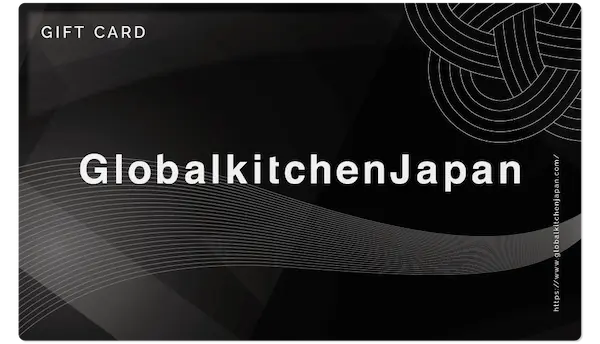The product we used:
Lucky Fish Waffles
Taiyaki is a pastry--prepared in a way similar to waffles--in the shape of a fish called "tai" in Japanese (in English, they're called red sea bream) with some kind of filling. Taiyaki is a popular junk food served at Japanese festivals. Typically, the filling is red bean paste ("anko" in Japanese), but sometimes chocolate or custard is used, too.
Taiyaki were first invented in the Meiji period (coincidentally, a short time after the first modern waffle irons were patented in the US). Red is a lucky color in Japanese tradition, so red sea breams have been considered a kind of "lucky" fish. Taiyaki, with its red bean paste, is similarly considered a lucky pastry.
If you have a maneki-neko and have cleansed your house of evil spirits and misfortune on setsubun and want even more luck, or if you're looking for a nice tool to add to your collection of child-pleasing cast-iron kitchen tools, then you are in luck. We'll be teaching you how to prepare your own taiyaki in this very article using the Iwachu Nambu Cast Iron Taiyaki Fish-Shaped Waffle Iron (purchased right here from Globalkitchen Japan).
Let's get cooking.
Recipe
Ingredients (serves 8)
- Cake flour, 1 cup (150g)
- Egg (medium size), 1
- Sugar, 1/4 cup (20g)
- Salt, a pinch
- Milk, 1 cup (220cc)
- Baking soda, 1/2 teaspoon
- Baking powder, 1 teaspoon
- Sweet red bean paste, as desired
About red bean paste
Red bean paste is a common filling in many East Asian cultures. Sweet beans might sound strange to a Westerner (my mom wasn't interested in eating my homemade sweet bean paste many years ago), but I suggest trying it out. You may be surprised by how good it is.
You can buy sweet bean paste online. Be aware that there are two forms of sweet bean paste: koshian and tsubuan. Koshian is "smooth", with all of the beans completely mashed. Tsubuan is "chunky", with some beans left partially unmashed. If you like chunky peanut butter, then you'll probably enjoy chunky sweet bean paste, too.
This recipe assumes you use quite a bit of sweet bean paste. If you are conservative with your sweet bean paste filling, then the recipe might only make 5 or 6 taiyaki.
Combine Ingredients, Let Rest


Put flour, egg, sugar, salt, milk, baking soda, and baking powder in a large bowl and mix with a whisk until the ingredients are combined.
Let the batter rest for 30 minutes.
Prepare Taiyaki Iron


Close the taiyaki iron. Preheat the taiyaki iron on medium heat and coat the inside with your preferred oil. Add more oil if you prefer a darker taiyaki.
Pour Batter

Once your taiyaki iron is heated and oiled, pour the batter into one side of the iron (like you would do with a waffle iron). Leave room for the sweet bean paste.
Add Sweet Bean Paste, Finish Cooking


After the batter starts to cook and solidify around the edges, add the sweet bean paste to the middle of the batter, then pour some more batter on top to cover. Close the iron, flip it around, and finish cooking and fill the house with the aroma of sweet fish waffles.
Devour

Congratulations, you've made taiyaki and are now a qualified taiyaki peddler. Can you feel that? It's the tailwind of fortune blowing for you (or the sound of children storming the kitchen).
You or your children may be tempted to dig into the taiyaki right away and ride the wind, but those beans can get lava-hot, so we suggest letting them relax for a short time before you get to work.
Taiyaki made with this recipe are best eaten while they're still warm, though. They get fairly tough once they are completely cool, so you'll need to time your taiyaki snack just right.
Also, if you over-filled the iron, don't worry. Those crispy bits are delicious, too.
And if you like the taiyaki, but would like to make more sweet treats faster, consider becoming an obanyaki peddler instead.





